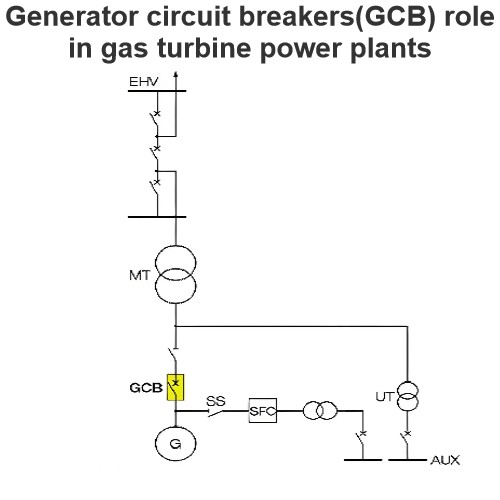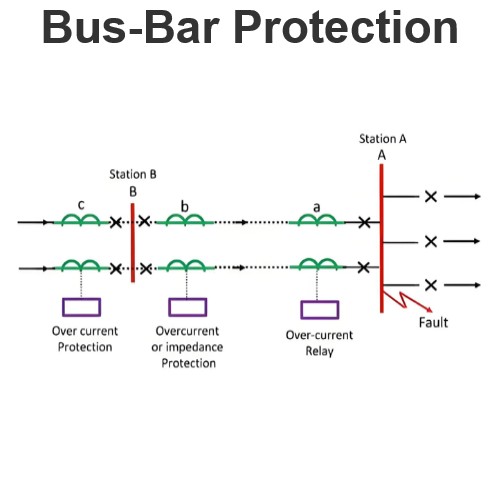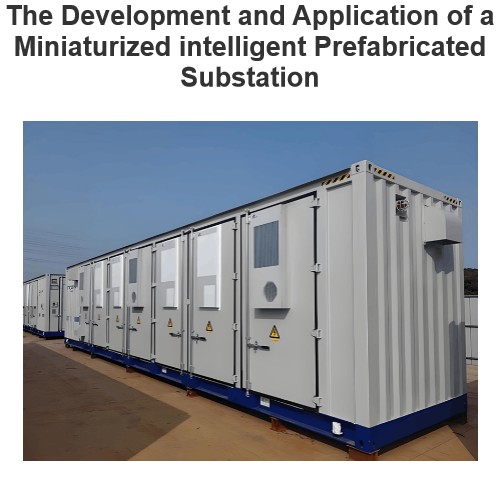| Brand | Wone |
| Model NO. | Rack mounted ESS |
| Rated Output Rating | 5kW |
| Energy storage capacity | 10.24kWh |
| Cell quality | Class B |
| Series | Energy storage container |
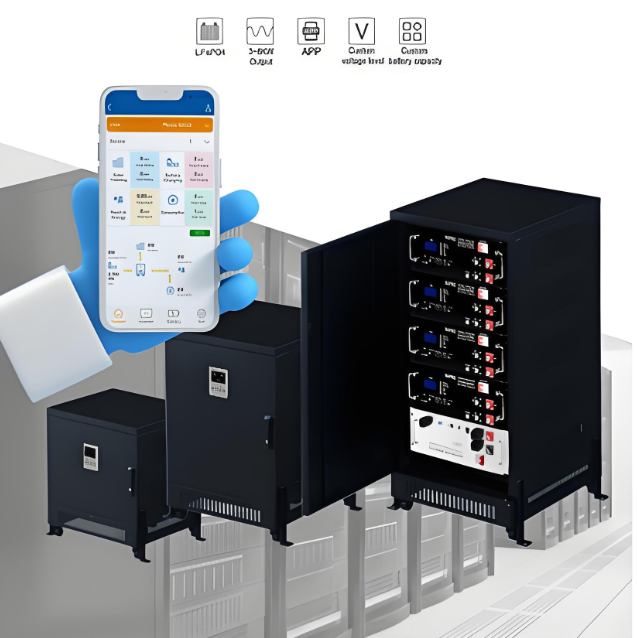
Peculiarity:
Compact size and no installation.
Battery pack is replaceable, can be adapted to a variety of batteries, for different batteries to achieve different charging and discharging strategies.
Energy scheduling can be regulated, users can change the charge and discharge according to the power consumption policy of different periods in the region; Low logical O&M cost.
Support battery pack voltage, capacity customization, to meet different use environment
Mature technology, long cycle life, high safety performance.
Modular design, high power density, easy maintenance.
Technical parameter:

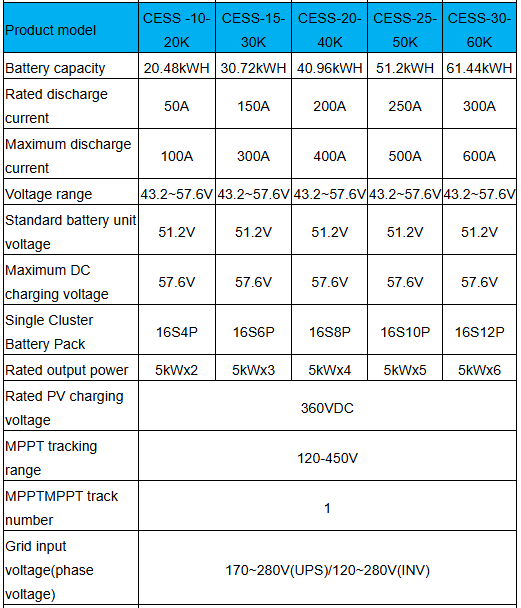
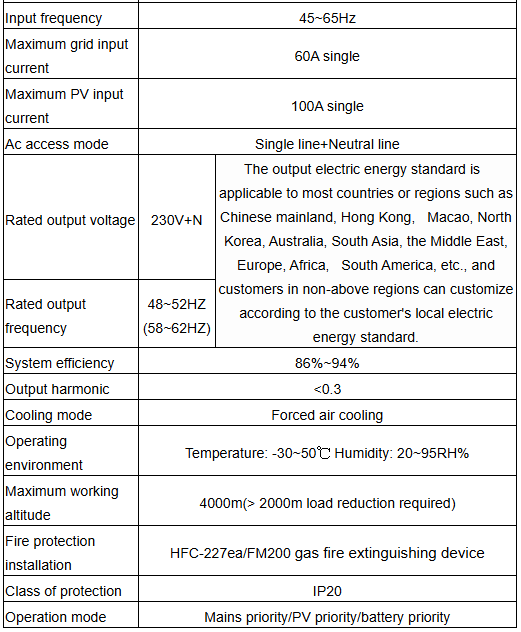
Note:
The A-class cell can charge and discharge 6000 times, and the B-class cell can charge and discharge 3000 times, and the default discharge ratio is 0.5C.
Class A cell warranty 60 months, Class B cell warranty 30 months.
What does rack-mounted mean in an energy storage system?
In an Energy Storage System (ESS), "rack-mounted" usually refers to the design form in which energy storage units and related components are installed in one or more standard racks.Basic concept of
rack-mounted energy storage system.
Standardization:The "rack-mounted" design means that all components, such as battery modules, Battery Management System (BMS), inverters, Energy Management System (EMS), etc., are installed in one or more standard-sized racks.These racks usually follow certain standard sizes, such as the standard server cabinet with a width of 19 inches.
Modularity:The rack-mounted design makes the energy storage system highly modular. Users can add or remove specific modules as needed to expand or reduce the capacity of the energy storage system.The energy storage units in each rack can operate independently or be combined into a larger energy storage system in parallel or in series.
Integration:The rack-mounted design allows all necessary components to be integrated in a compact space, facilitating installation, management, and maintenance.
The rack usually also includes necessary auxiliary facilities such as cable connections and cooling systems.

